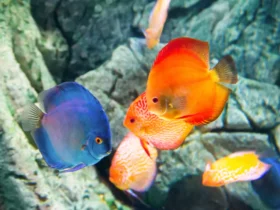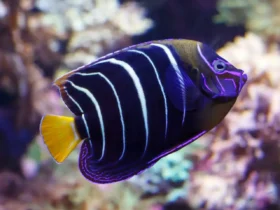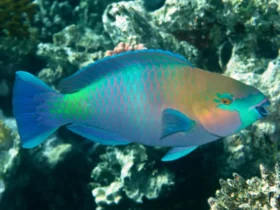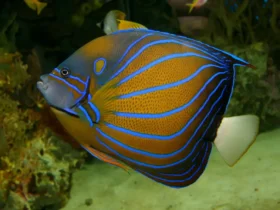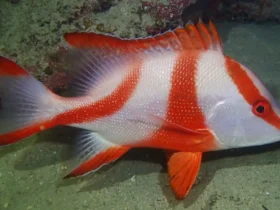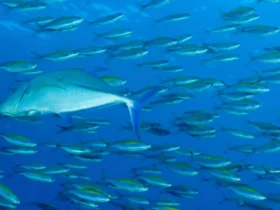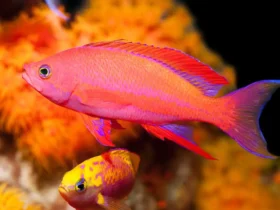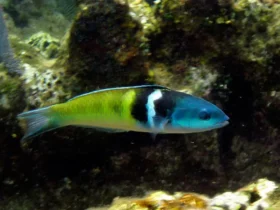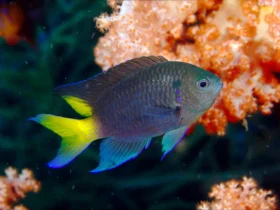The Blueface Angelfish (Pomacanthus xanthometopon) is a stunning and highly sought-after marine fish species known for its vibrant colors and striking appearance. With its electric blue body, yellow face, and intricate patterning, the Blueface Angelfish is a true gem of the ocean. In this article, we will explore the fascinating world of the Blueface Angelfish, discussing its characteristics, habitat, behavior, and considerations for keeping it in an aquarium.
Blueface Angelfish images
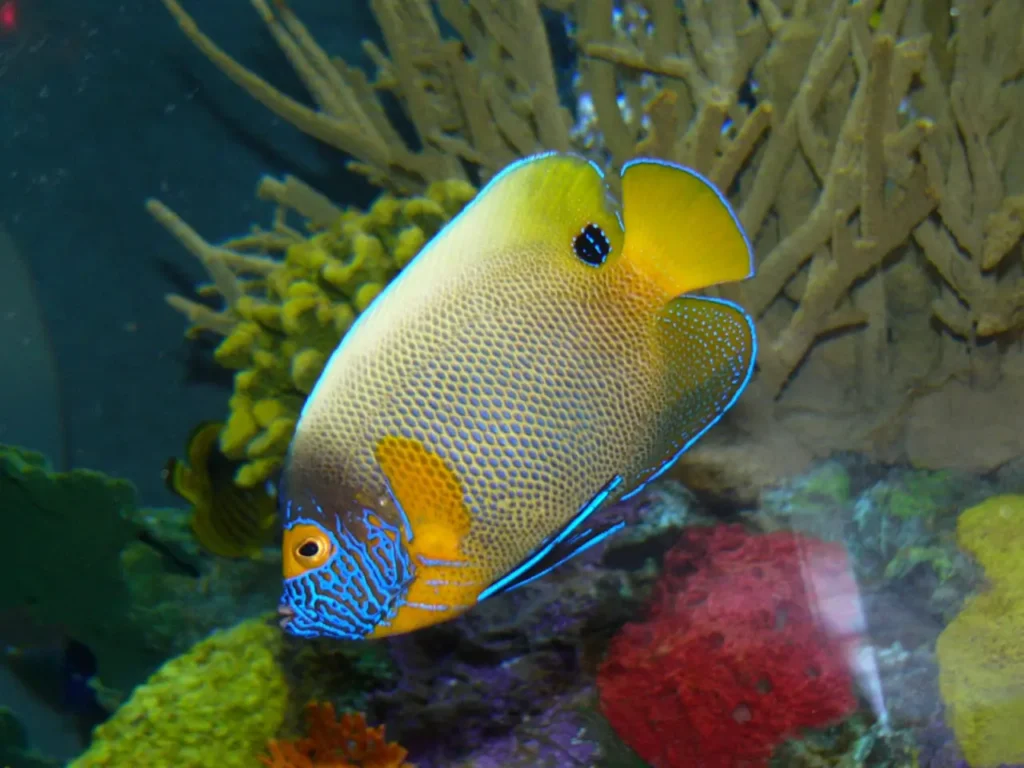
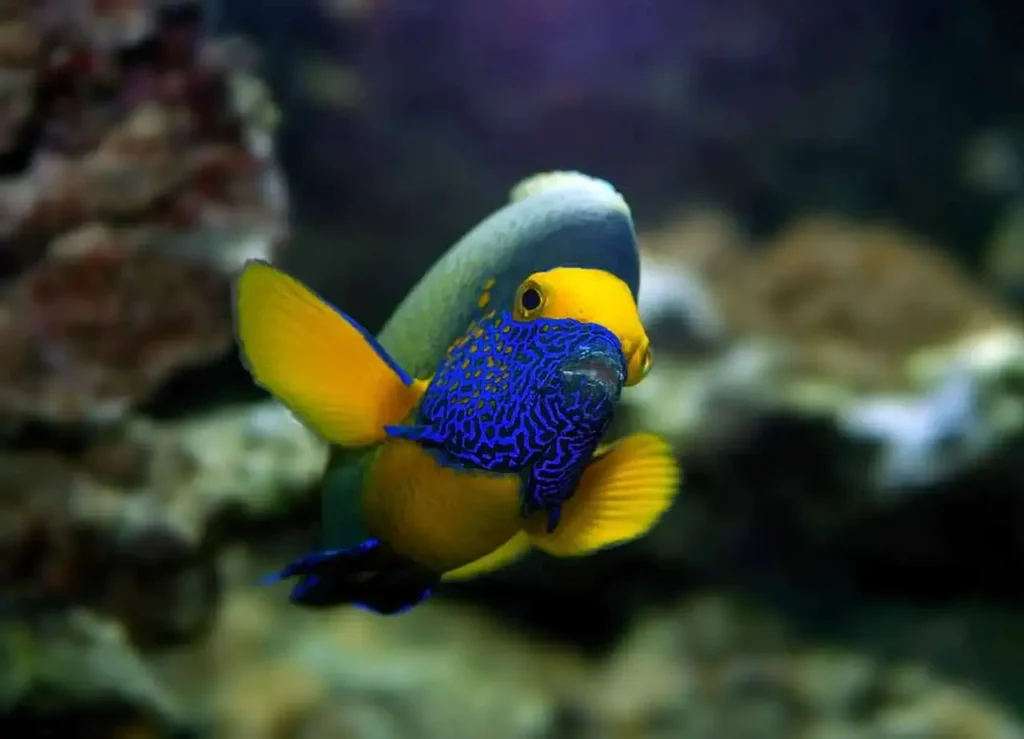
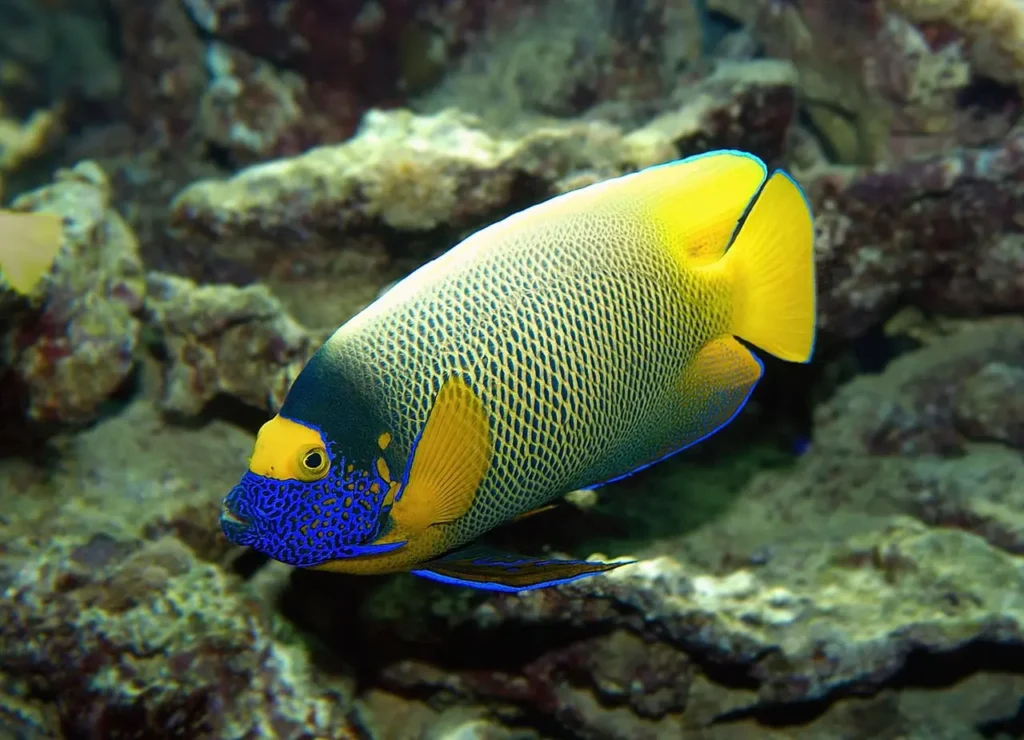
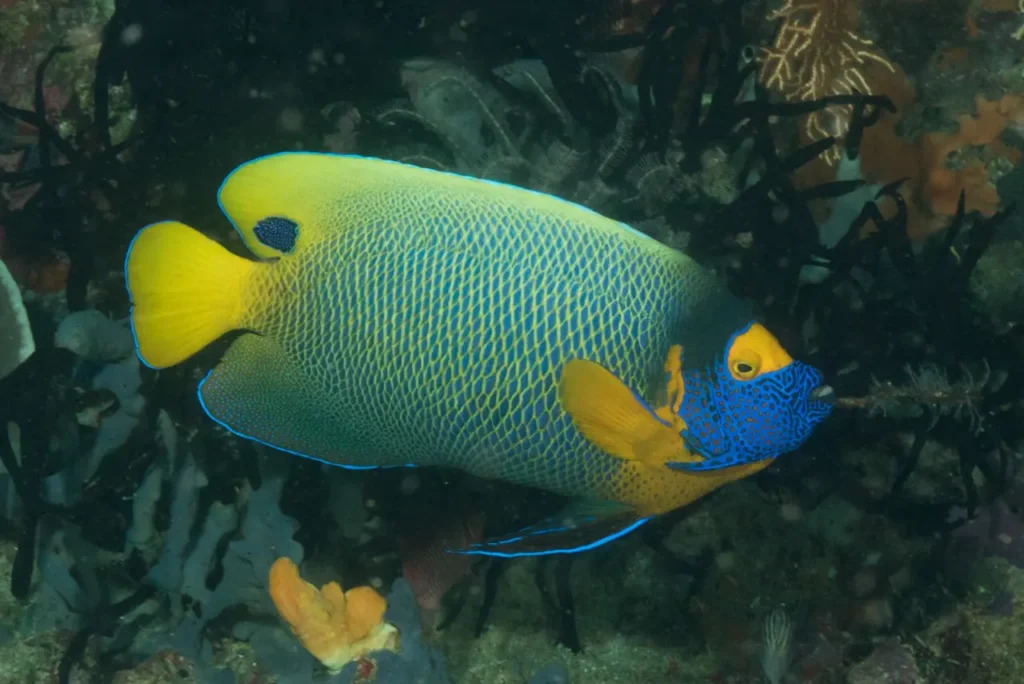
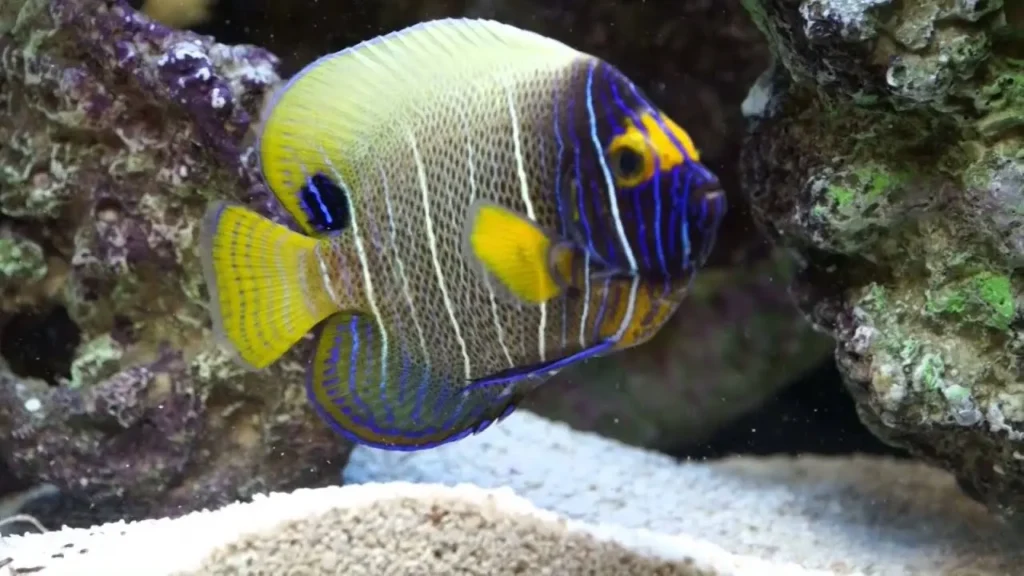
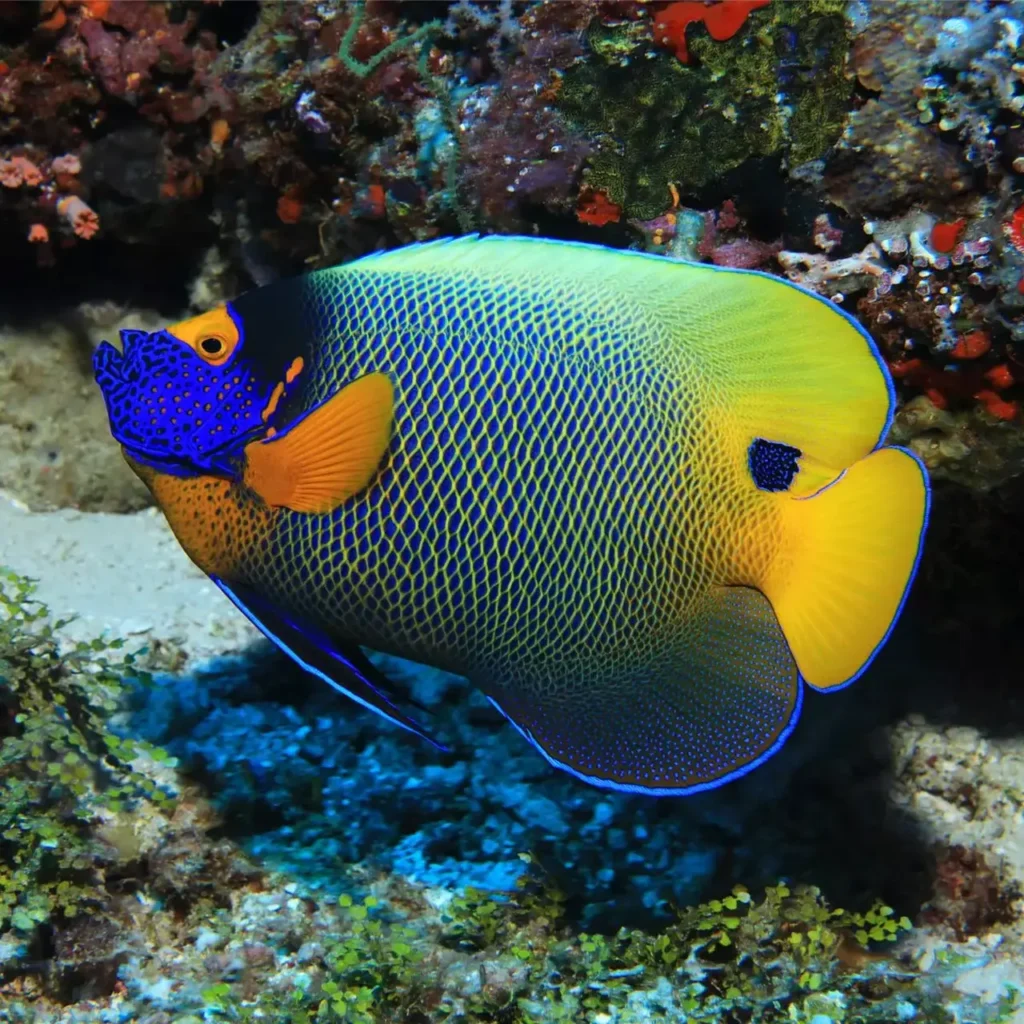
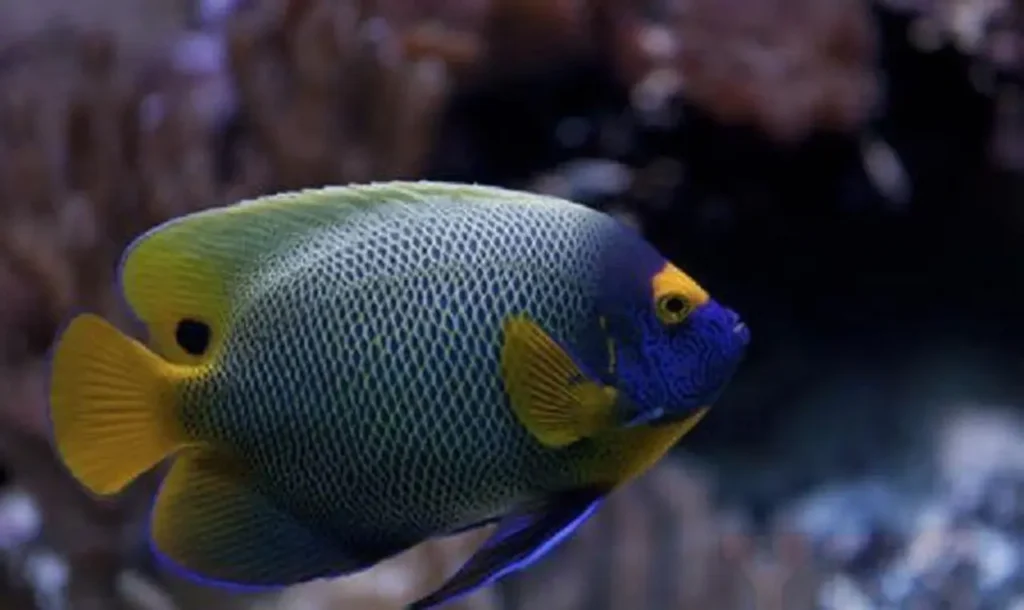
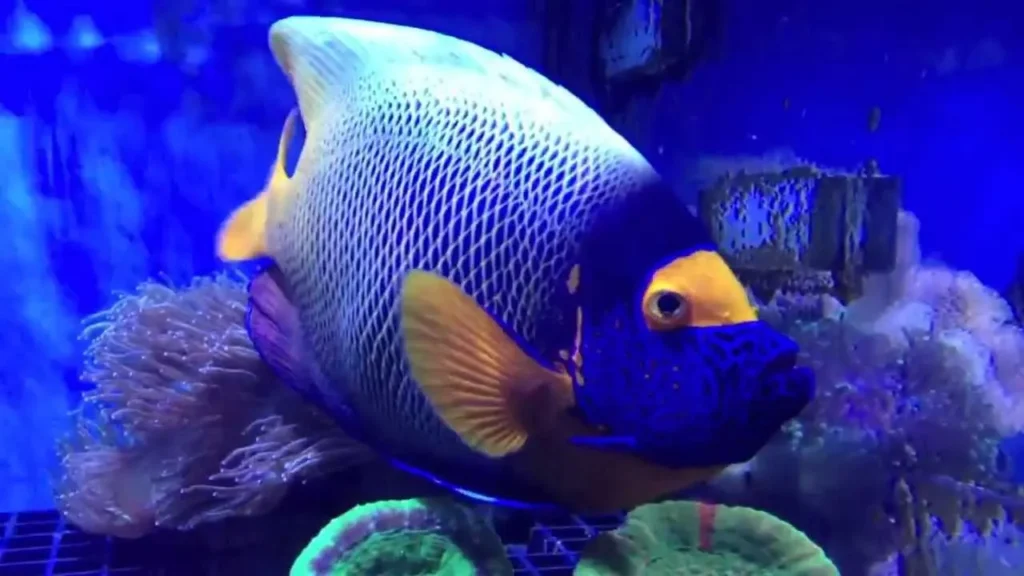
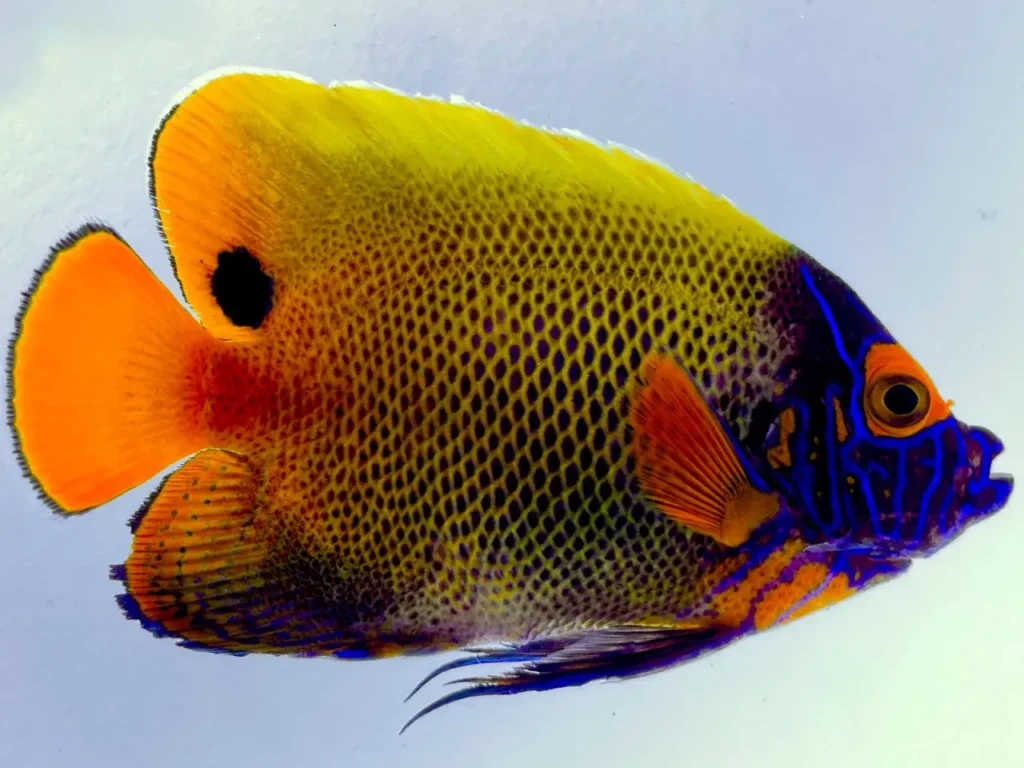
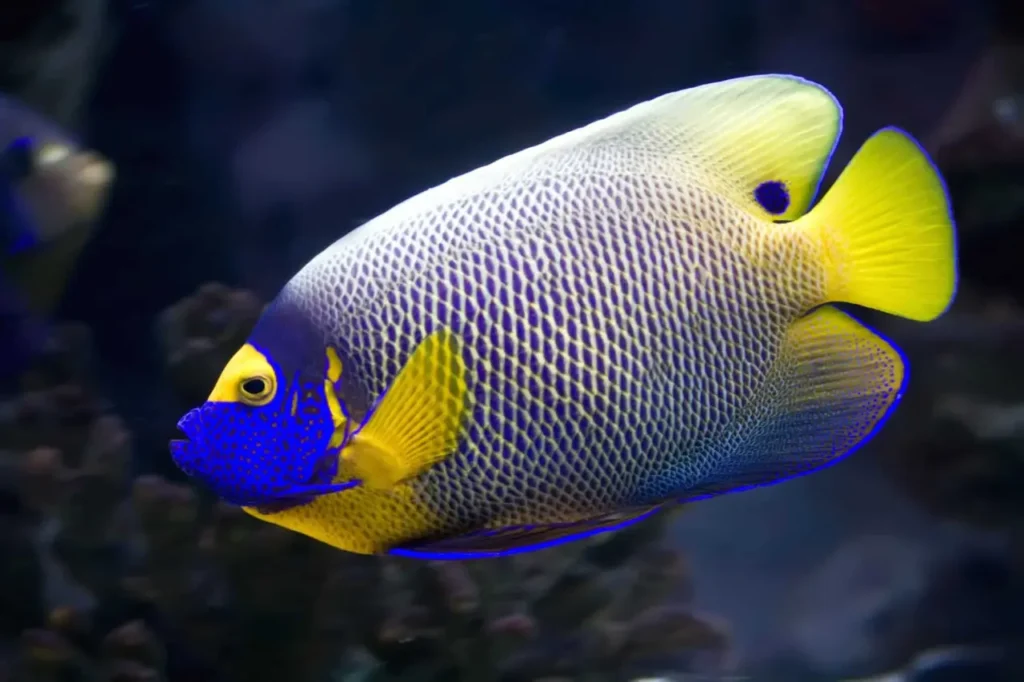
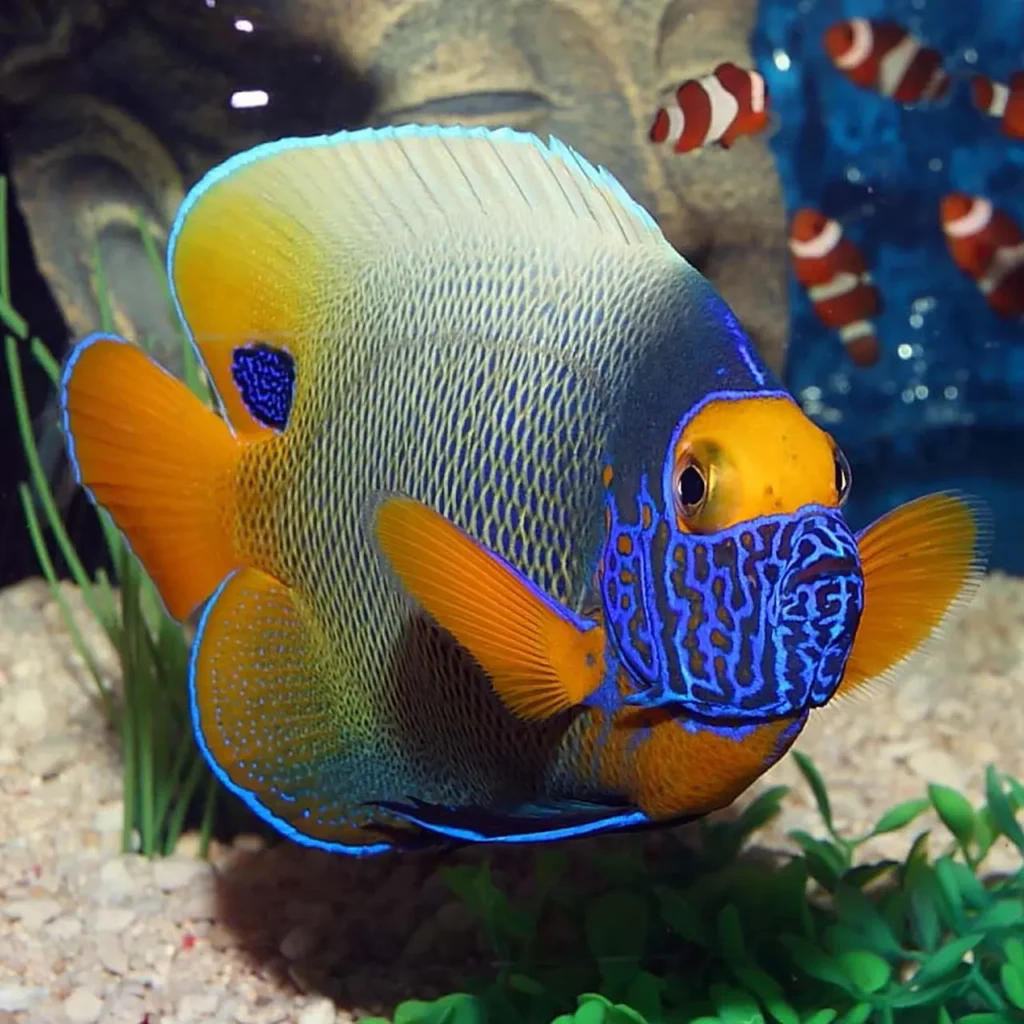
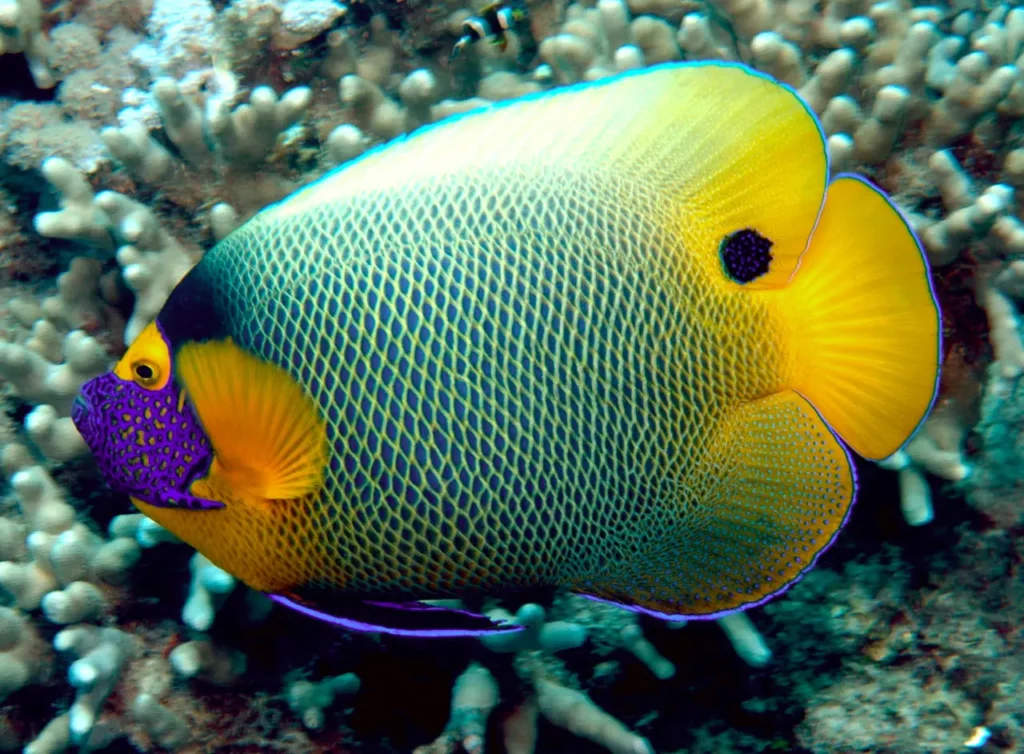
Blueface Angelfish Juvenile images
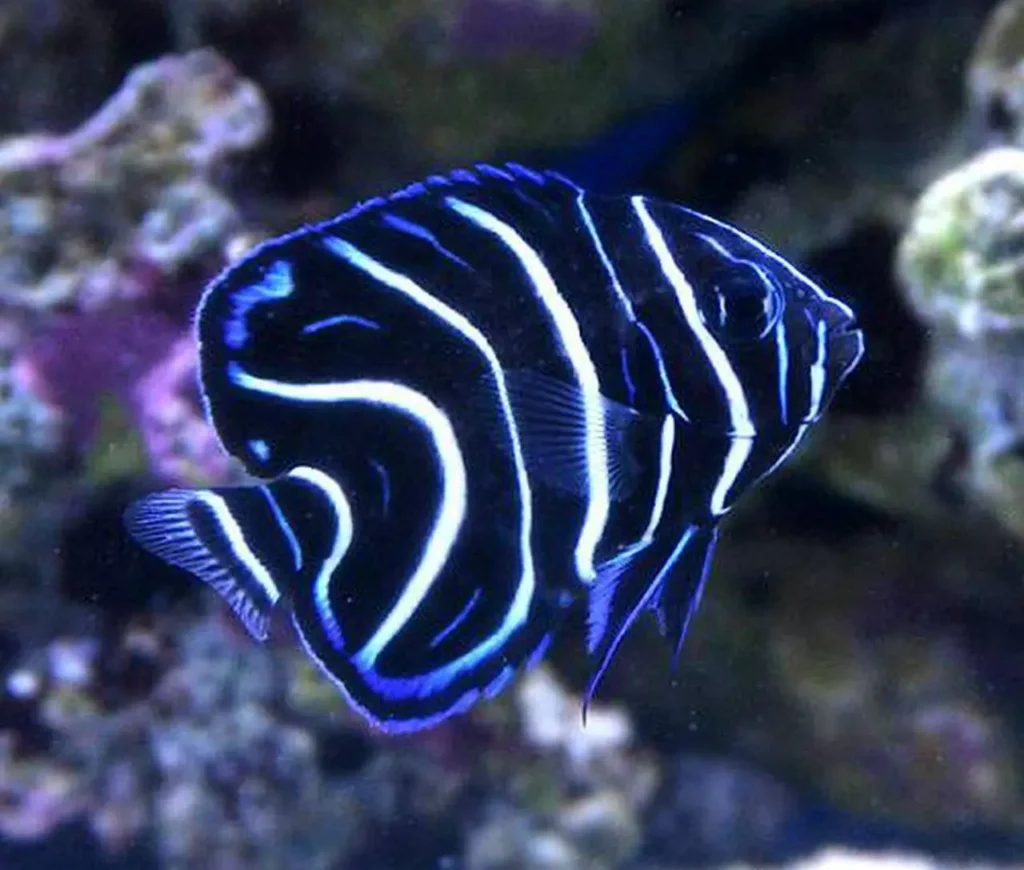
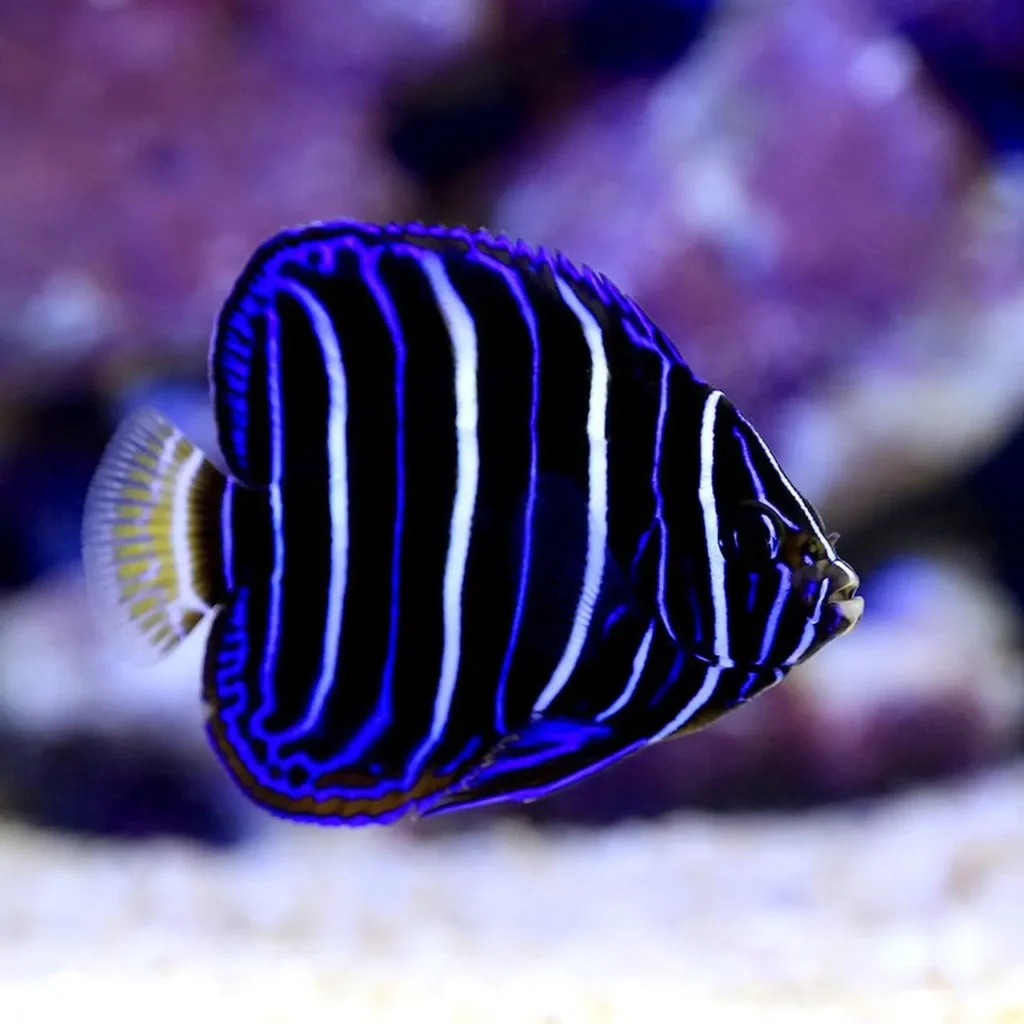
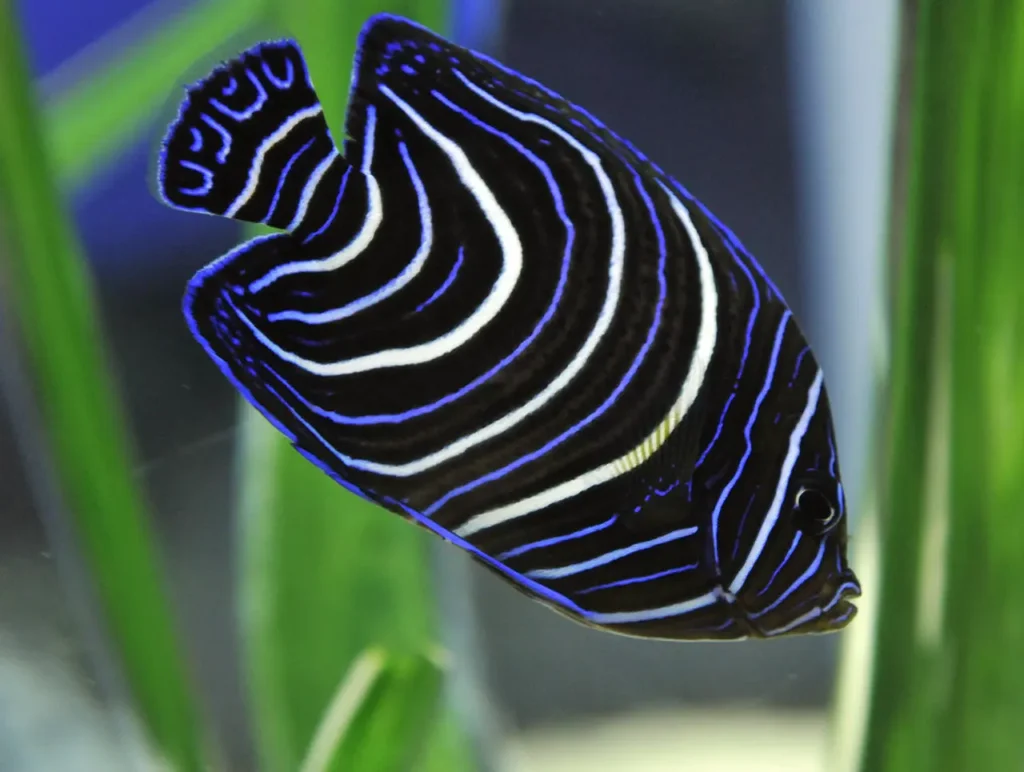
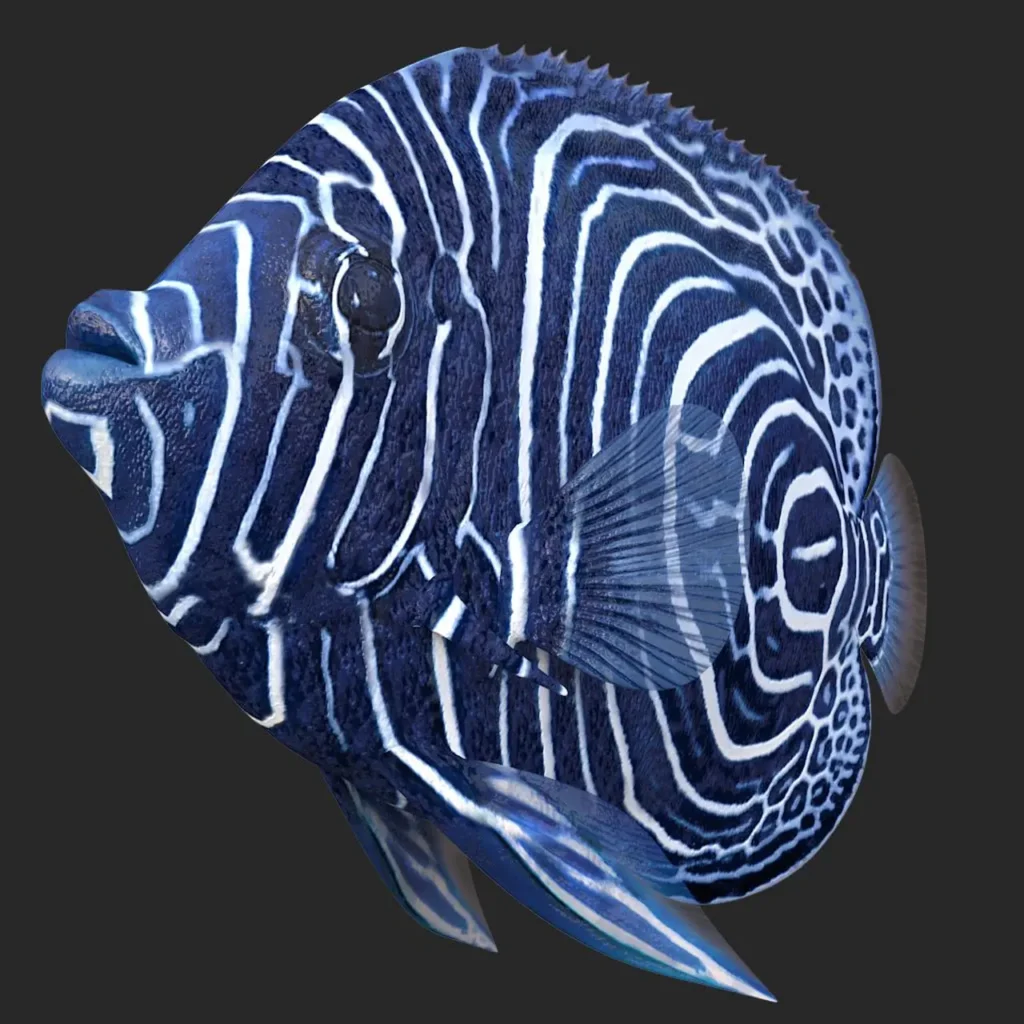
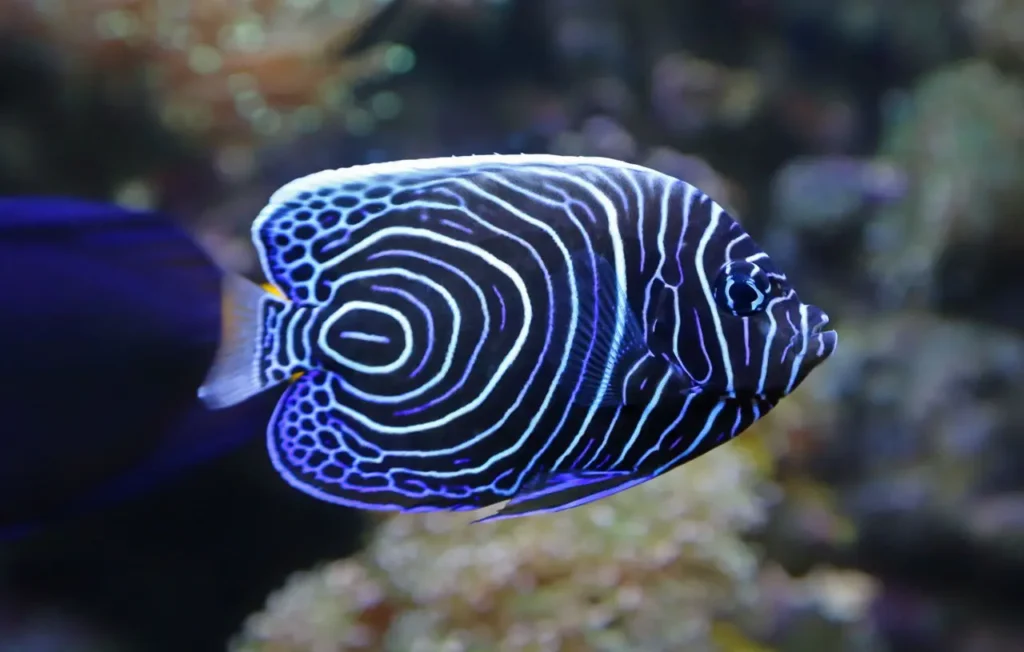
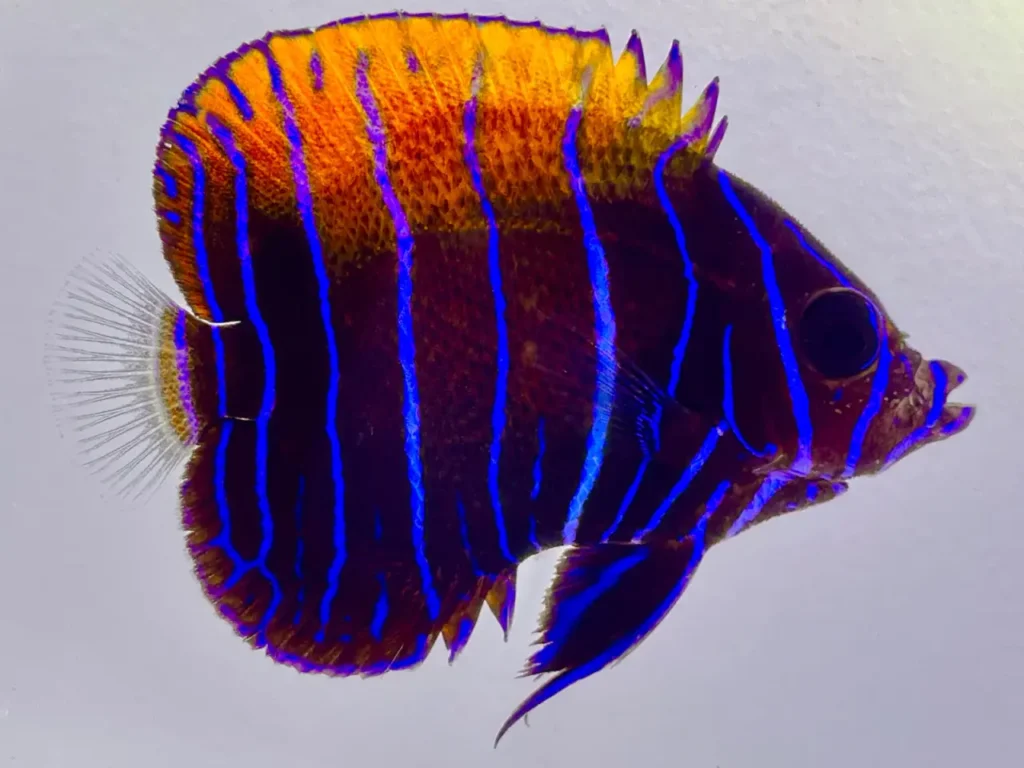
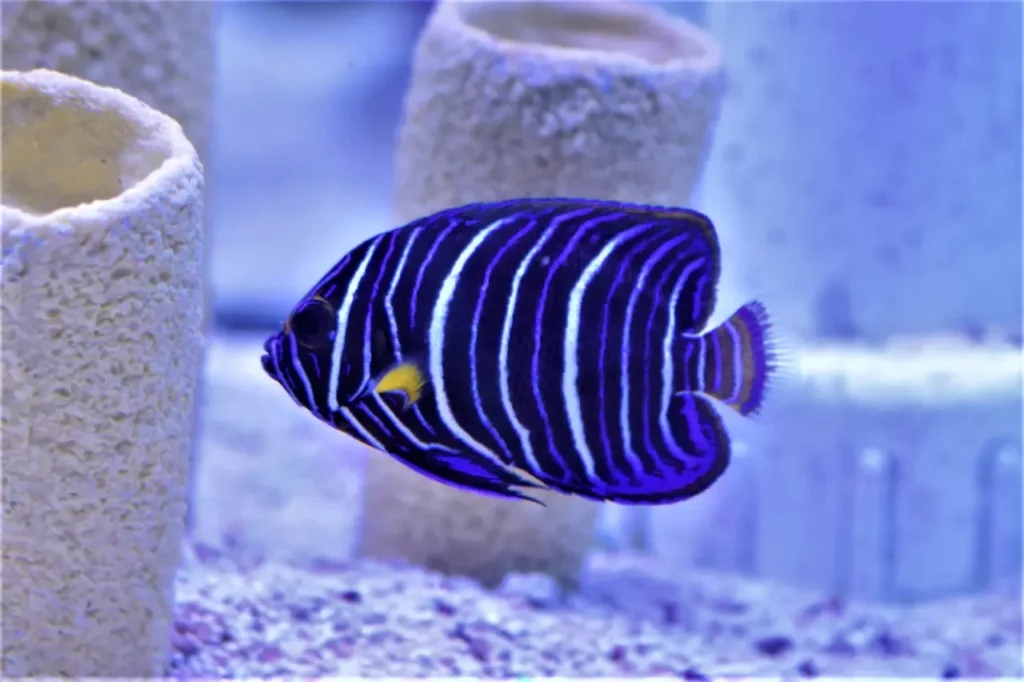
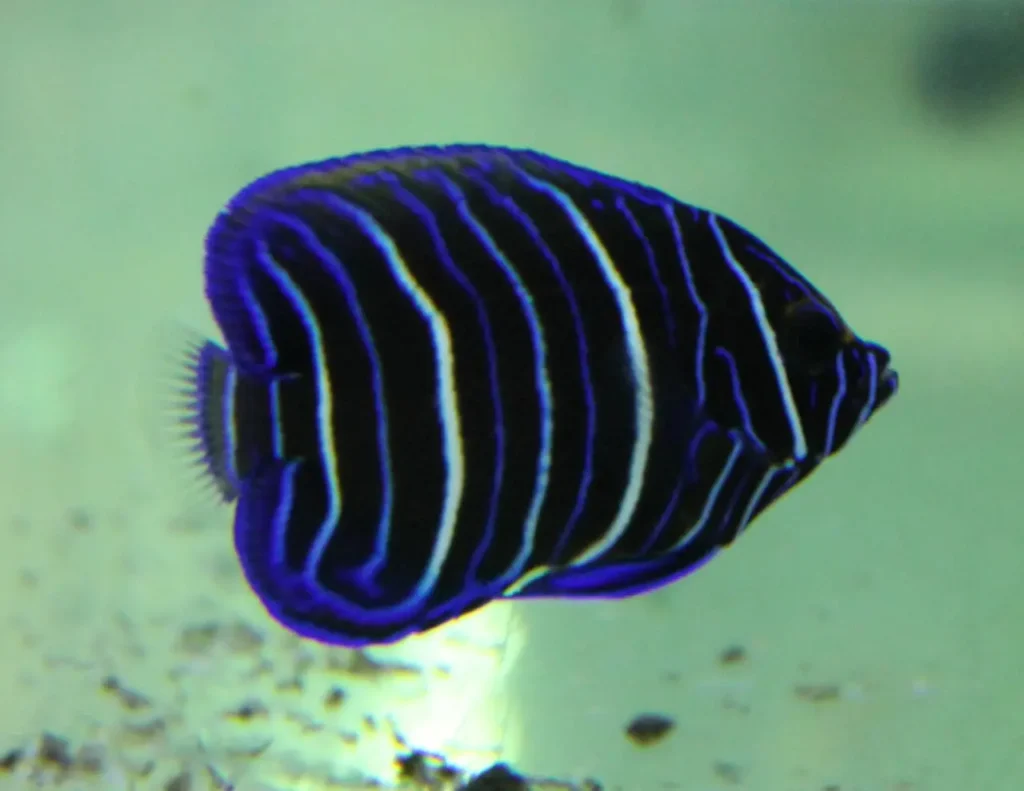
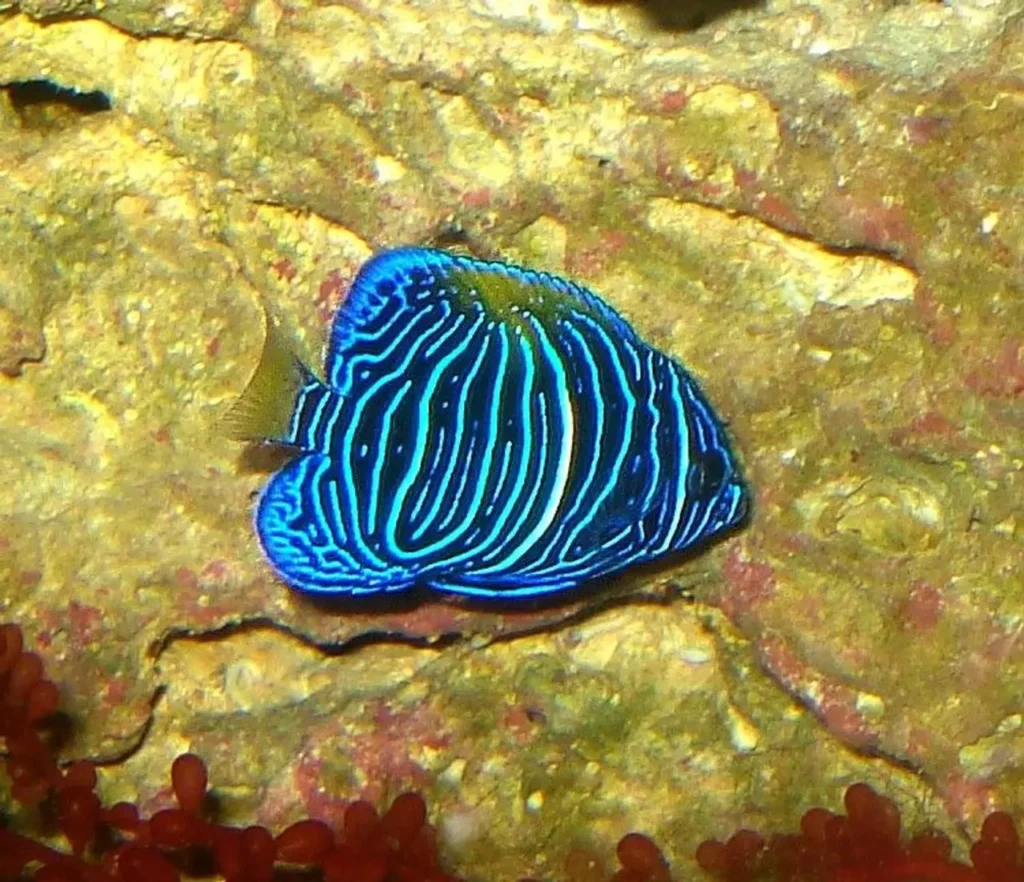
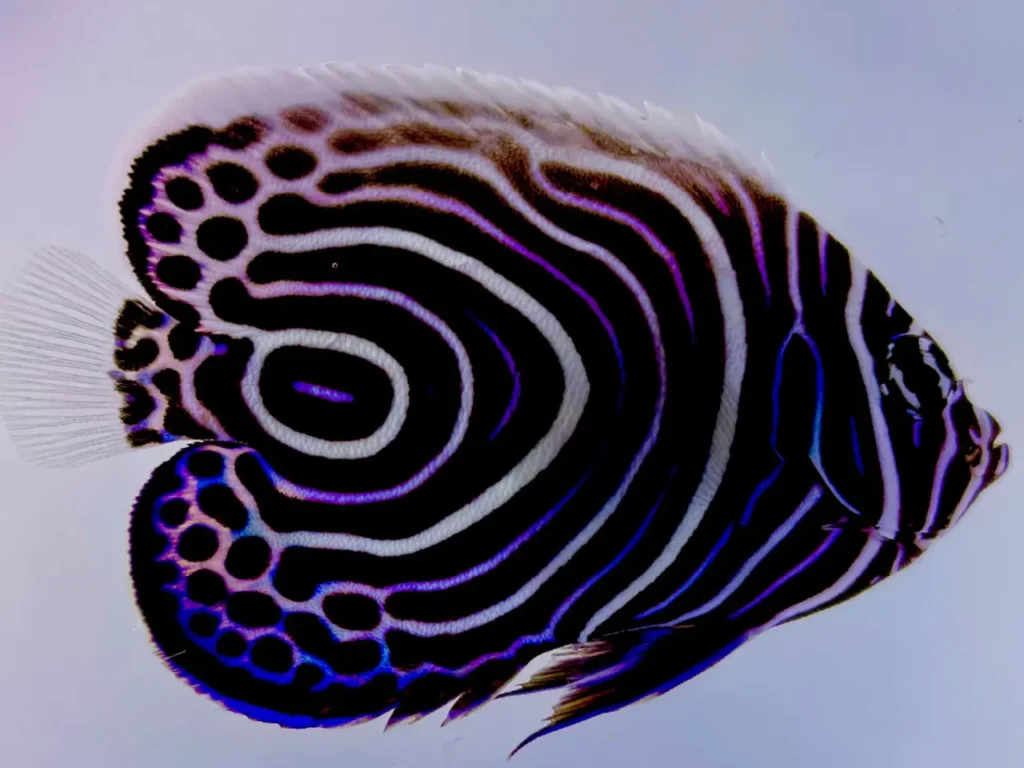
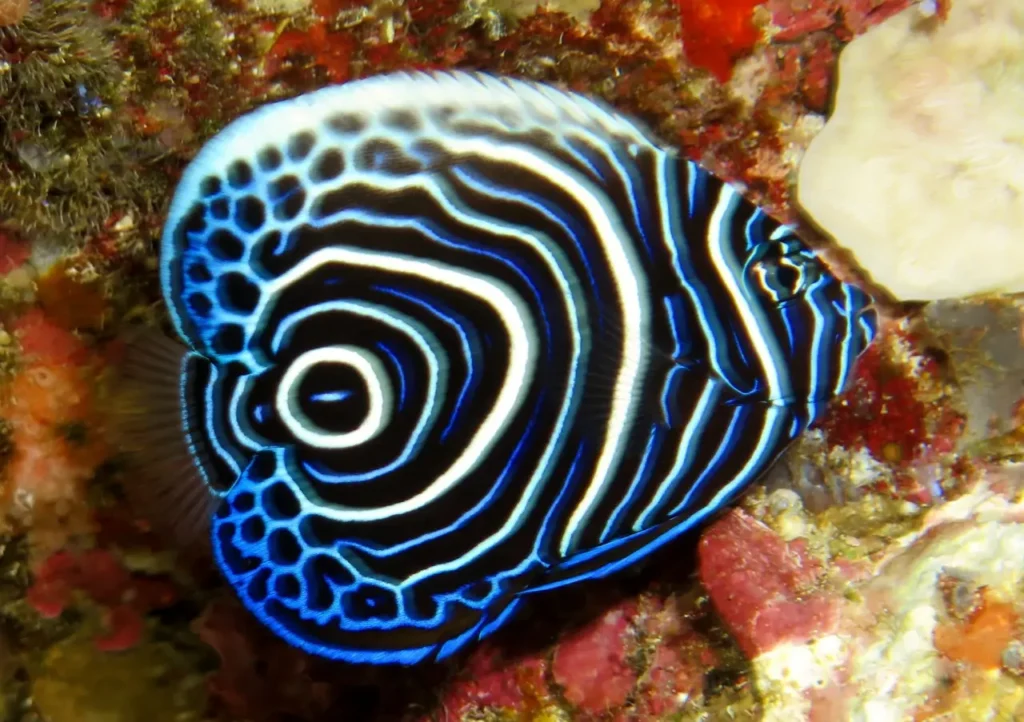
Appearance
The Blueface Angelfish is named for its distinct blue face, which contrasts beautifully with its deep blue body. The blue coloration extends from the forehead to the upper lip, while the lower half of the face and the chin are a bright yellow color. Its body is adorned with vertical black stripes that create a stunning visual pattern. As juveniles, Blueface Angelfish have a slightly different appearance, with a yellow body and blue stripes, which gradually transition to the vibrant adult coloration as they mature. They have a laterally compressed body, elongated dorsal and anal fins, and a trailing filament at the end of their dorsal fin, adding to their graceful and elegant appearance.
Habitat and Distribution
Blueface Angelfish are native to the Indo-Pacific region, including the Red Sea, East Africa, and the Pacific Ocean from Indonesia to Fiji. They inhabit coral reefs, lagoons, and outer reef slopes, where they can be found among corals and rocky outcrops. They prefer areas with ample hiding spots and plenty of live rock for grazing and territorial behavior.
Behavior and Feeding
Blueface Angelfish are generally peaceful but can be territorial, especially towards other angelfish or fish of a similar body shape. They are known to establish territories within the aquarium or their natural habitat and can become aggressive if other fish encroach upon their space. Blueface Angelfish are omnivorous, feeding on a variety of foods in the wild, including algae, small invertebrates, and coral polyps. In captivity, they should be provided with a varied diet consisting of high-quality marine pellets or flakes, supplemented with fresh or frozen meaty foods such as brine shrimp, mysis shrimp, and chopped seafood.
Aquarium Care
Keeping a Blueface Angelfish in an aquarium requires careful consideration and proper care to ensure its well-being. Here are some key points to keep in mind:
- Tank Size and Setup: Blueface Angelfish require a spacious aquarium with plenty of swimming room. A minimum tank size of 100 gallons is recommended for a single adult. The tank should be well-established with live rock for grazing and hiding places, and it should have a stable water quality and appropriate lighting.
- Water Parameters: Blueface Angelfish prefer a temperature range of 74-78°F (23-26°C) and a pH level between 8.1 and 8.4. Ammonia, nitrite, and nitrate levels should be closely monitored and kept at optimal levels through regular water changes and filtration.
- Compatibility: When selecting tankmates for a Blueface Angelfish, it is important to choose species that are compatible with its territorial behavior and potential aggression. Avoid housing it with other angelfish or similar-sized fish that may trigger aggressive behavior.
- Maintenance: Regular water changes, proper filtration, and monitoring of water parameters are essential for maintaining a healthy aquarium environment. Blueface Angelfish produce a significant amount of waste, so adequate filtration is crucial.
The Blueface Angelfish is a true showstopper in the world of marine fish. Its vibrant colors, unique patterns, and graceful presence make it a prized addition to any aquarium. However, due to its territorial nature and specific care requirements, keeping a Blueface Angelfish requires dedication, experience, and a well-maintained aquarium. With proper care and attention, these captivating fish can thrive and bring joy to marine enthusiasts, showcasing the wonders of the ocean in the comfort of their own homes.
